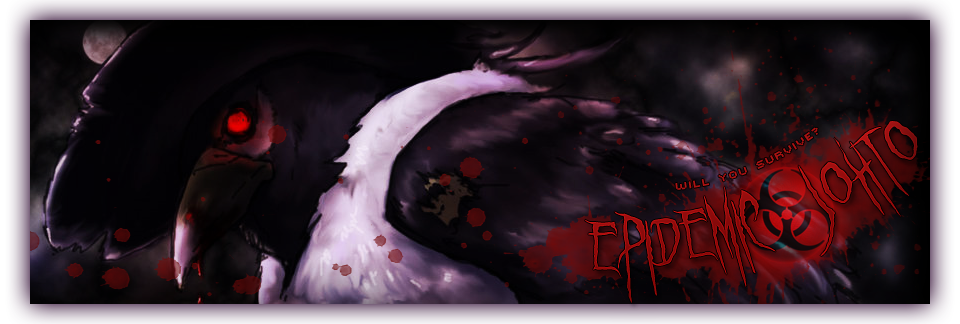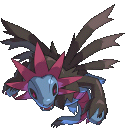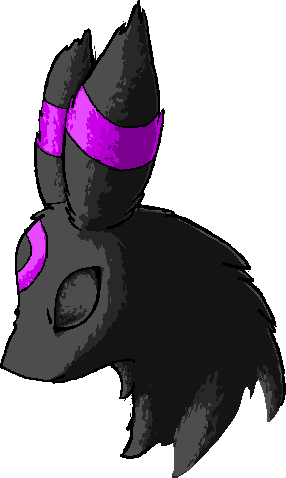 by Guest Sat May 12, 2012 8:18 am
by Guest Sat May 12, 2012 8:18 am
Just to throw my two cents on the matter, I tend to assume levels are completely different than age. Levels reflect battling experience, while age reflects physical maturity, so, by that point, it is perfectly realistic that an ancient pokemon may be level twenty simply because it was brought up in the lap of luxury without much battling.
Likewise, an adolescent pokemon could be at a later level because it may have been trained in battle from birth.
The only thing I think really has a "rule" is that baby pokemon are obviously at lower levels because they have simply not existed long enough to be very experienced in battle, even if they were trained from birth.
Really, I think level is more of a reflection of the history of the pokemon than their age in most cases, which is why I'm hoping that I can adjust Brim's level asap. Brimstone is an older pokemon who has basically lived in a life of battle between the underground battle pits he was involved in when he was still with a trainer and the constant fighting to maintain control over his territory later on in life. The fact he is in his forties level-wise isn't really that realistic considering that history of battle.
However, the above rule only really would refer to pokemon who do not evolve via level seeing evolution in most species is determined by level. When that factor is taken into account, level could reflect life experience as well. So, a pokemon who has grown up with virtually no battling but still exists in its most mature "adult" form would likely remain at the absolute minimum level to achieve that form, and would be very few levels above it, while a pokemon heavily trained in battle with likely be significantly above it.
So, for instance, pokemon that evolve rapidly by level (like caterpie -> butterfree) would be considered an "adult" at level ten, as that's the minimum level to achieve its final "adult" stage. This reflects that is has a rapid growth rate, therefore it is likely not nearly as experienced in life as a pokemon such as bagon, which achieves its adult form at a significantly later level (slower growth rate, and therefore a much more experienced grasp on life by the time it matures).
However, pokemon which evolve via stone or other items have a bit more freedom in that regard, as their original form could be considered adult. So, technically, it would be perfectly logical for a level 20 vulpix to be an "adult," because it may have lived a while without battling. Likewise, a ninetales could still be considered a baby, as it's possible the vulpix it came from was exposed to the radiation from a fire stone at a very young age.
That's just my sort of insight into the matter. I have an entire system worked out spread across various sheets of paper and a lot of notes and such for use in my pokemon headworld, but that's at least a brief, unrefined summary. In truth, the system offered by the games really only works well as a reflection of battling experience. The game was not developed to take into account pokemon ages (as in the games, pokemon seem to be basically "immortal"), so it's difficult to really develop a firm level = age correlation without excessive adaptation of the existing system.
Actually, likely what my answer to it will be is to craft two completely different leveling systems (the traditional one, and a maturation rate) to determine what stage a pokemon may take on at which time, which would make use of some of the attacks a pokemon learns at a level way before it should be at that stage, but that is likely too much bother to use here seeing levels are such a minor thing in this rpg in comparison to one like my headworld, where it is a trainer and pokemon rpg with a fairly heavy focus on battles.
....Sorry for the rambling xD






















